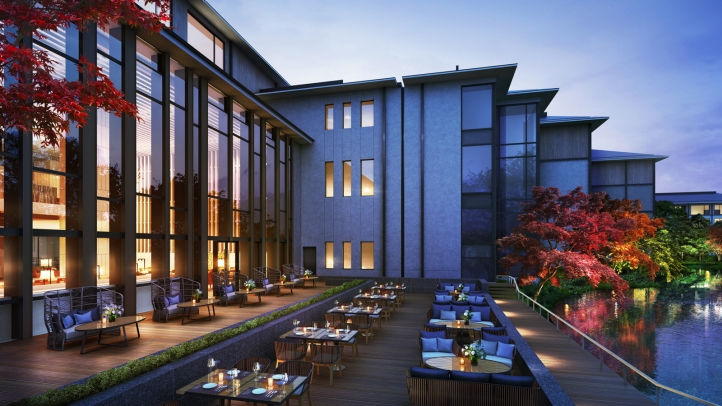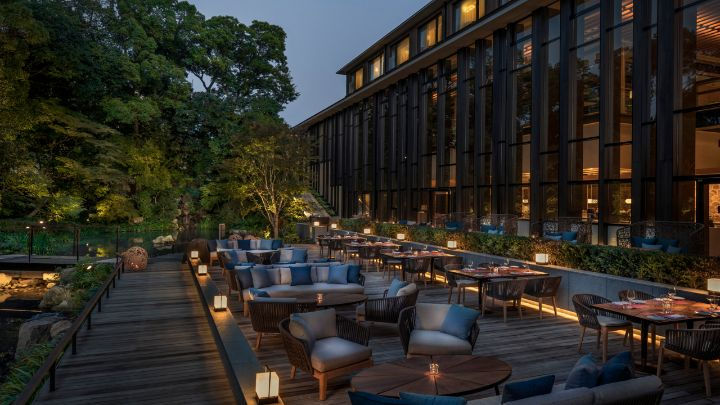
Kyoto is a portal to the past of the intriguing country of Japan. This mysterious island, isolated from the world for so many years, is home to a unique culture and a rich past with many traditions and customs that remain alive today and in full color in the picturesque and beautiful city of Kyoto.
Its small cobblestone streets, its spectacular temples and gates, its canals and bridges, its tile roofs and the colorful traditional clothing of some of its citizens make Kyoto an almost fantasy landscape, where the past and the present coexist day by day.
Inspired by the Japanese aesthetic principle that connects the body and the mind through the 'Enso Circle' movement, the Four Seasons Kyoto embodies the soul and the unique flavor of this peculiar city. Luxurious wherever they are, Four Seasons hotels always achieve excellence in everything.
Kyoto's Four Season is known for its Shakusui-tei, its Tea House, where traditional tea ceremonies are brought to perfection. Here we can also enjoy moments of relaxation, enjoying different flavors and aromas of this intriguing drink, whose complexity is linked to the history of Japan. In their menu they have different sakes and champagnes as well.

The hotel’s sushi restaurant 'Edo-style', called Sushi Wakon highlights the true flavors of the area. A space of luxury and sophistication, is located on the third floor of the Four Seasons.
Sushi Wakon, with its Michelin star, is the creation of Master Chef Rei Masuda. Here we can enjoy the freshest catches of the sea at the 200-year-old hinoki 10-seat counter, and enjoy views of the hotel's pond garden and modern Japanese decor. Or, we can choose to dine in one of the two intimate private rooms.
Four Seasons Kyoto is in a unique place: It is believed that 800 years ago Shakusuien was a garden of the mountain village and residence of Shigemori Taira (Lord Komatsu), the eldest son of the twelfth century samurai Kiyomori Taira. Although it was renovated at the end of the 18th century, in the Genroku Era of the Edo Period, Shakusuien remains one of the few gardens created at the end of the Heian Period, the peak of imperial Japan. Today, Shakusuien is a valuable cultural resource and home to this exquisite hotel.
